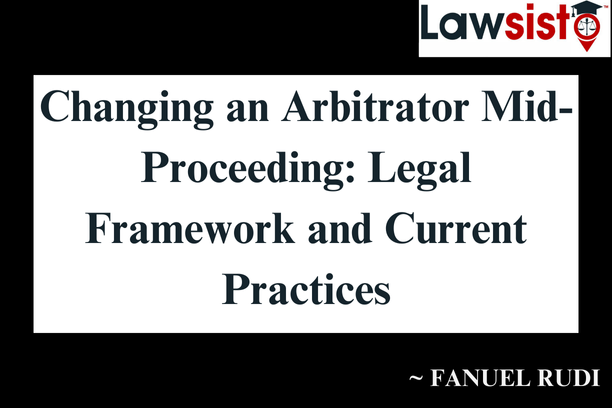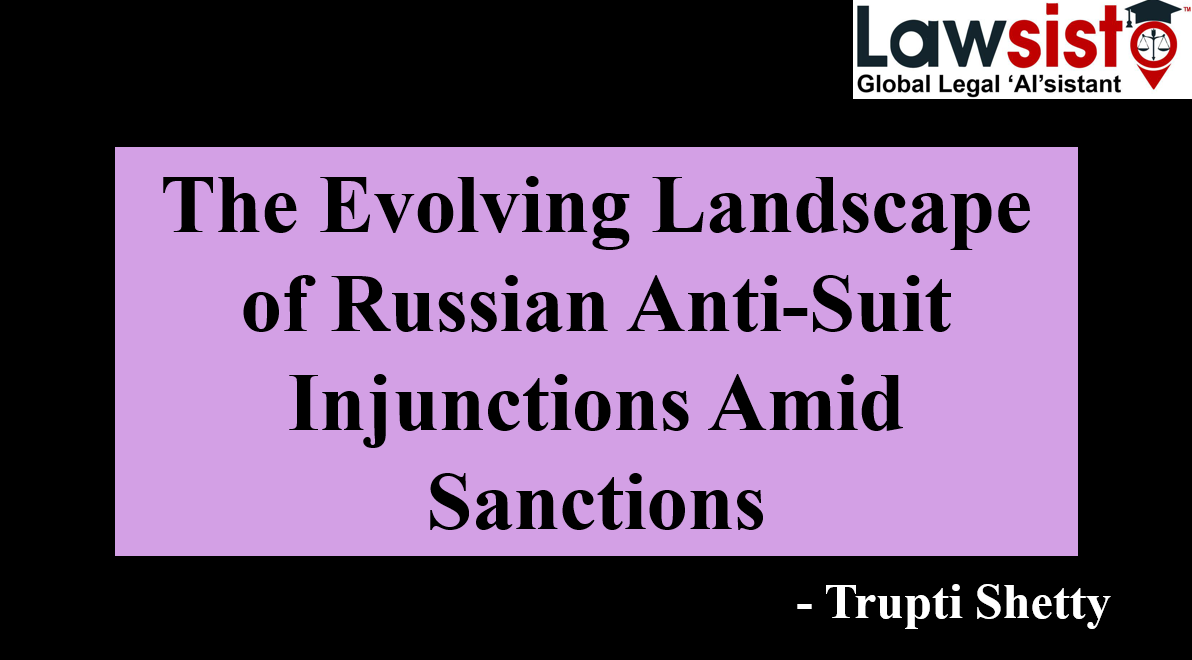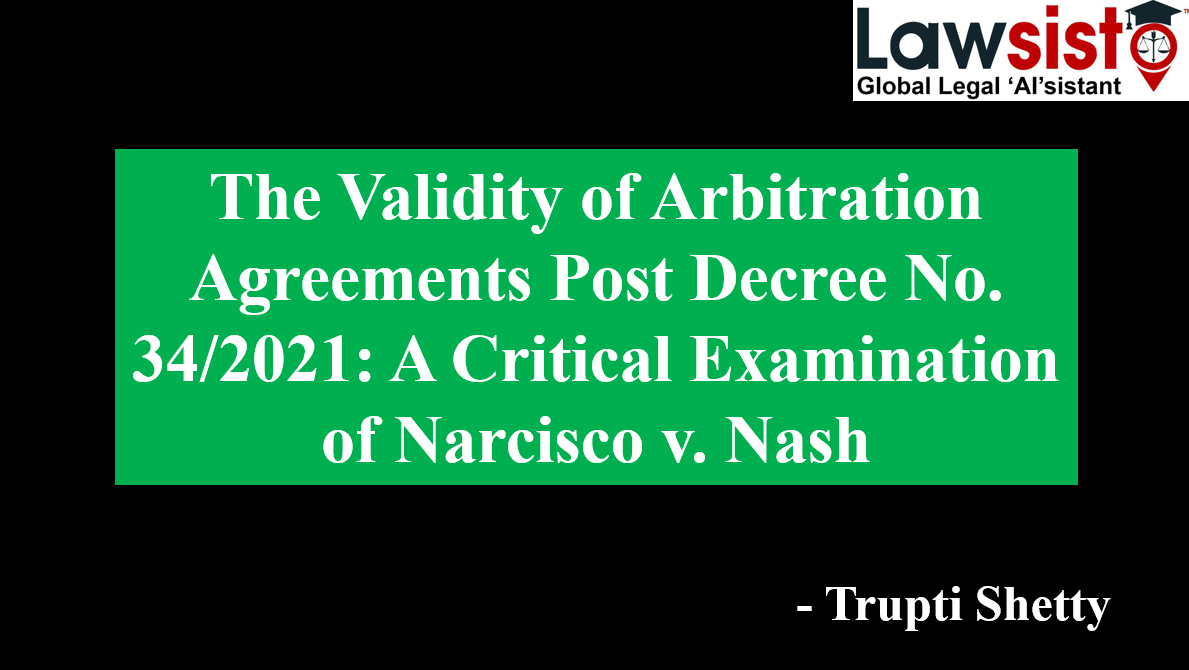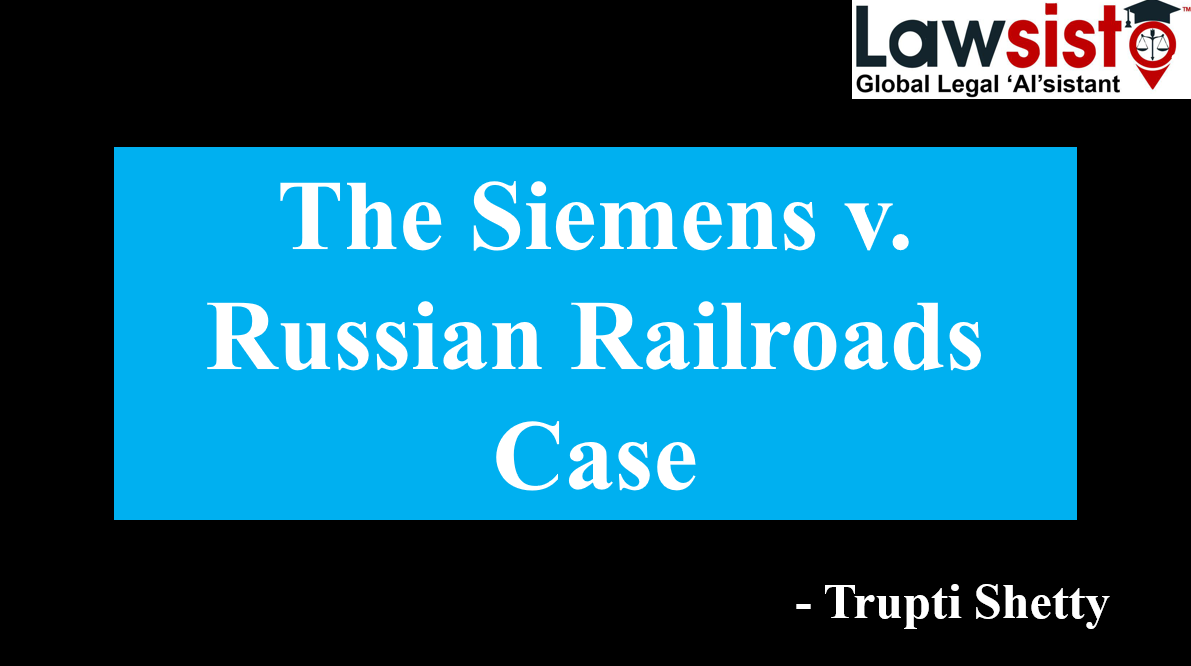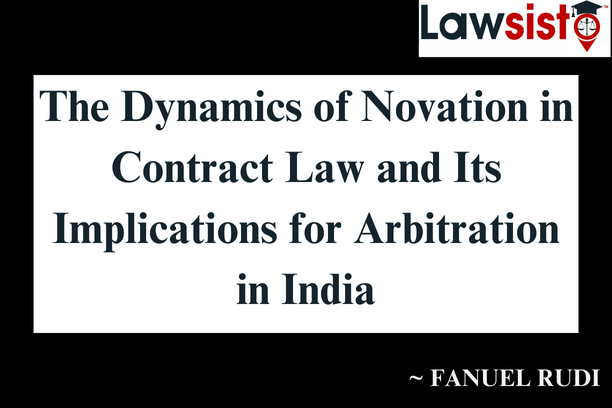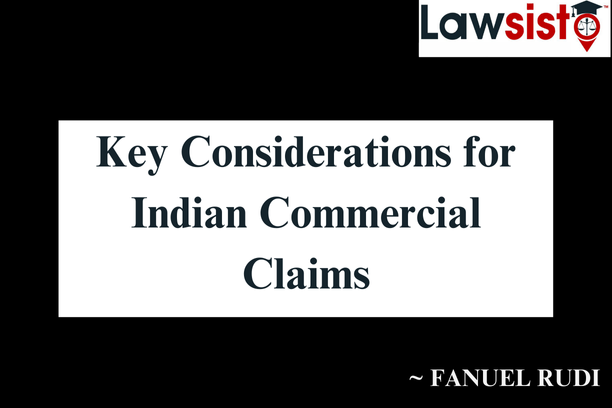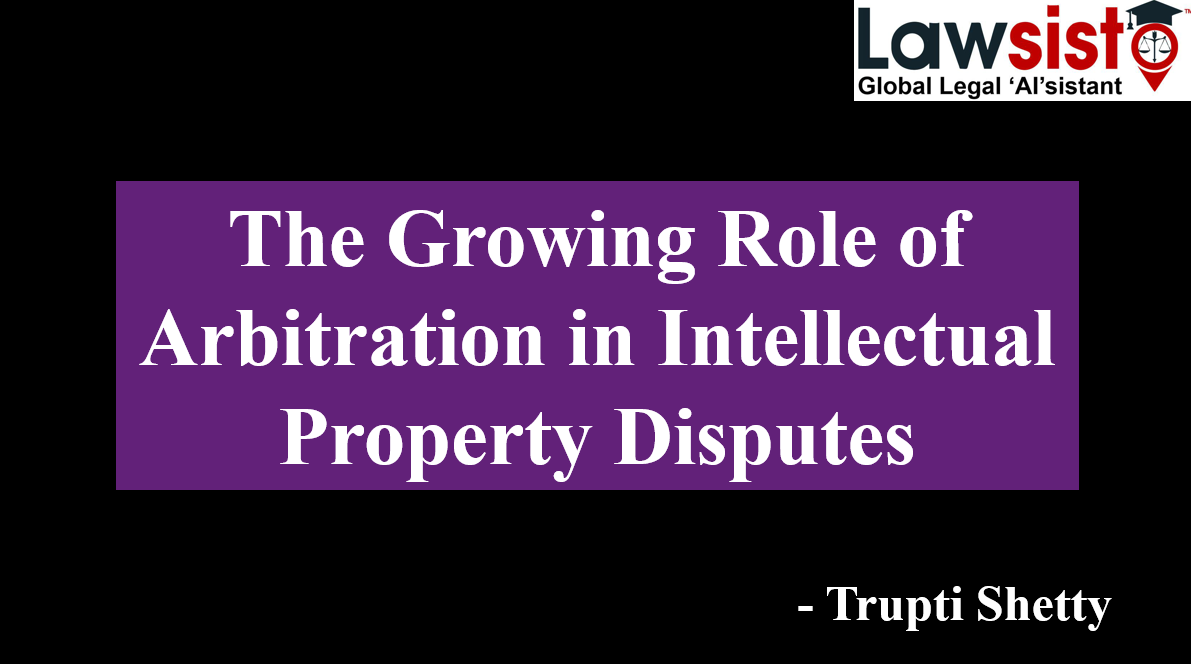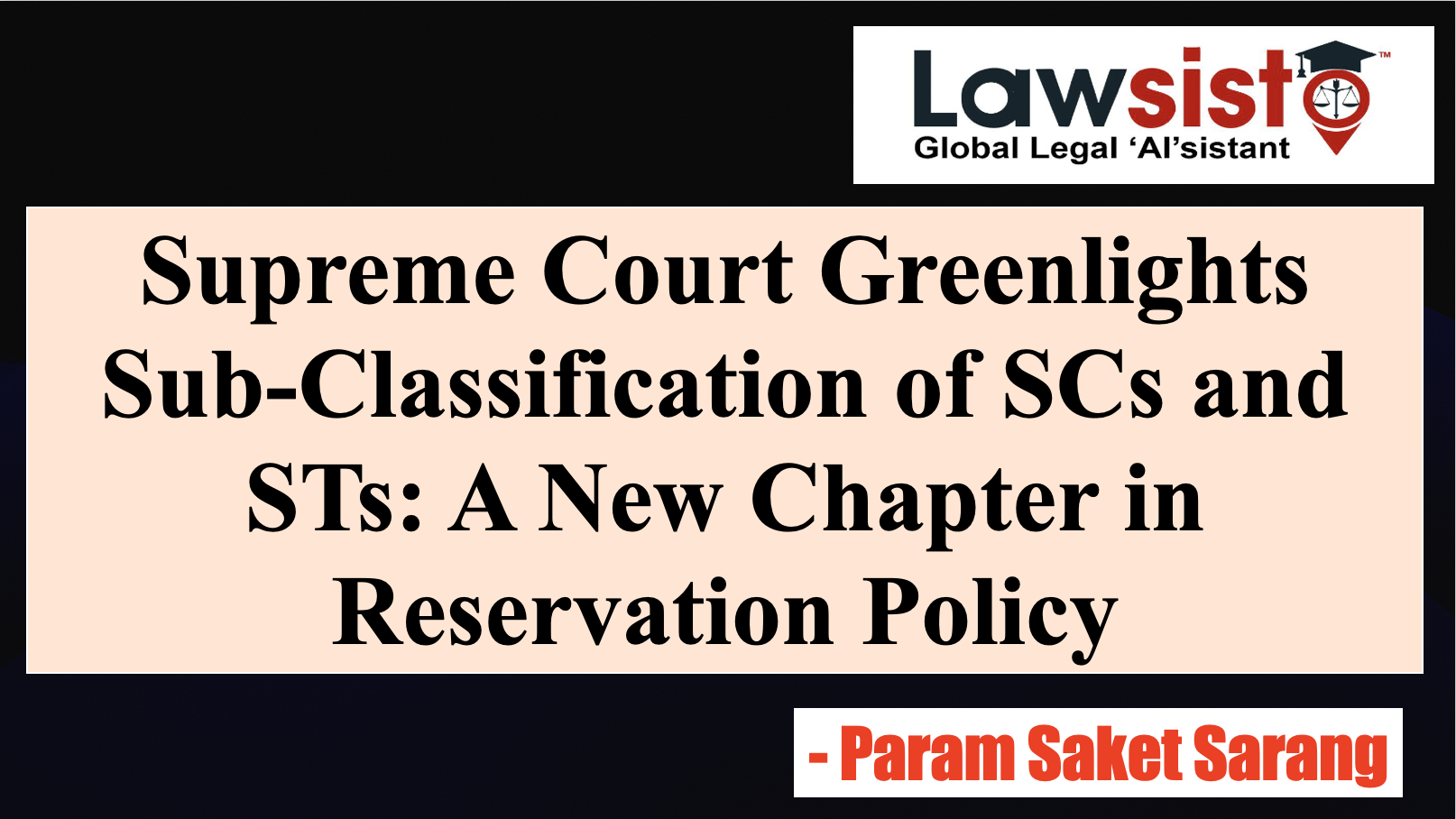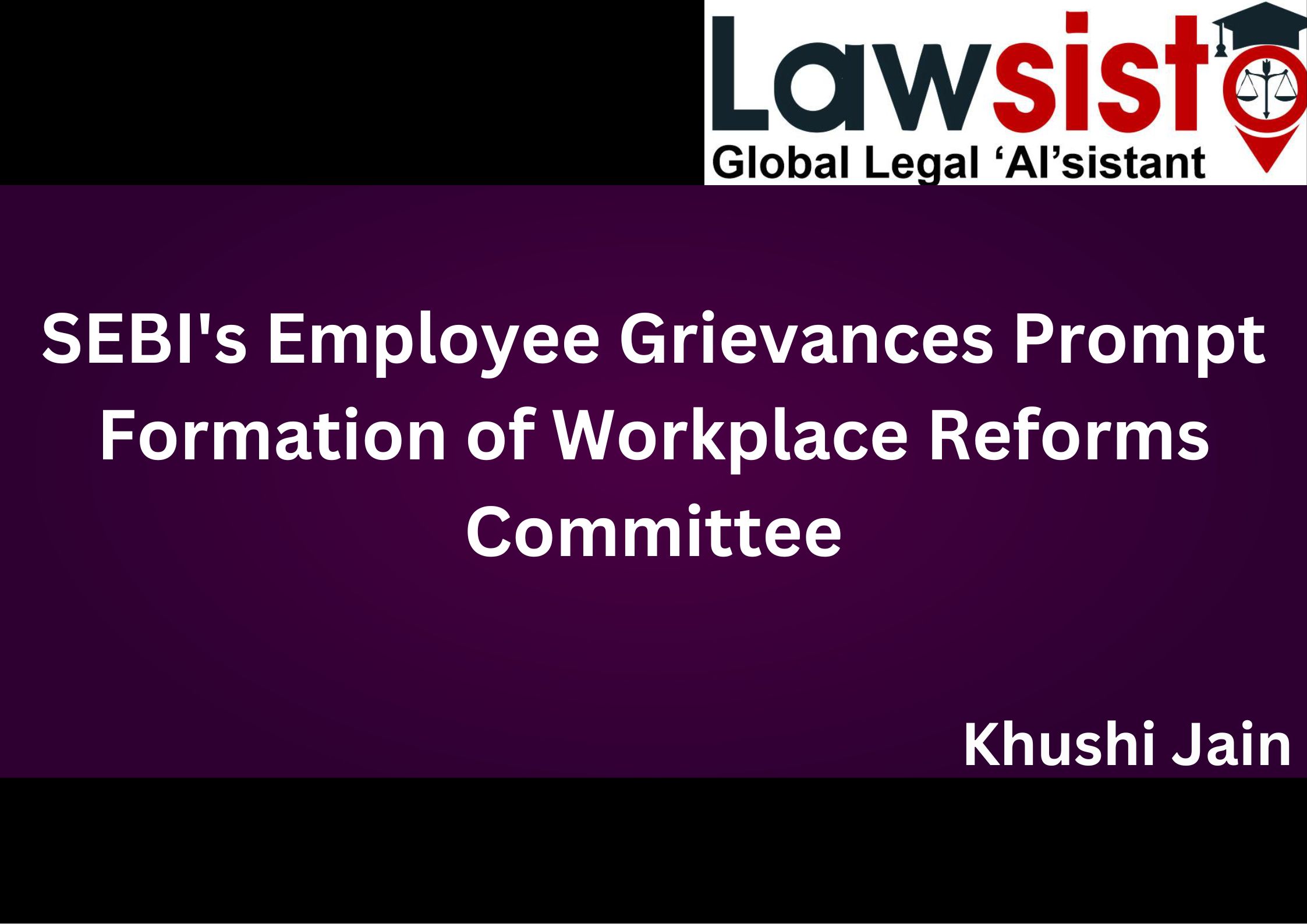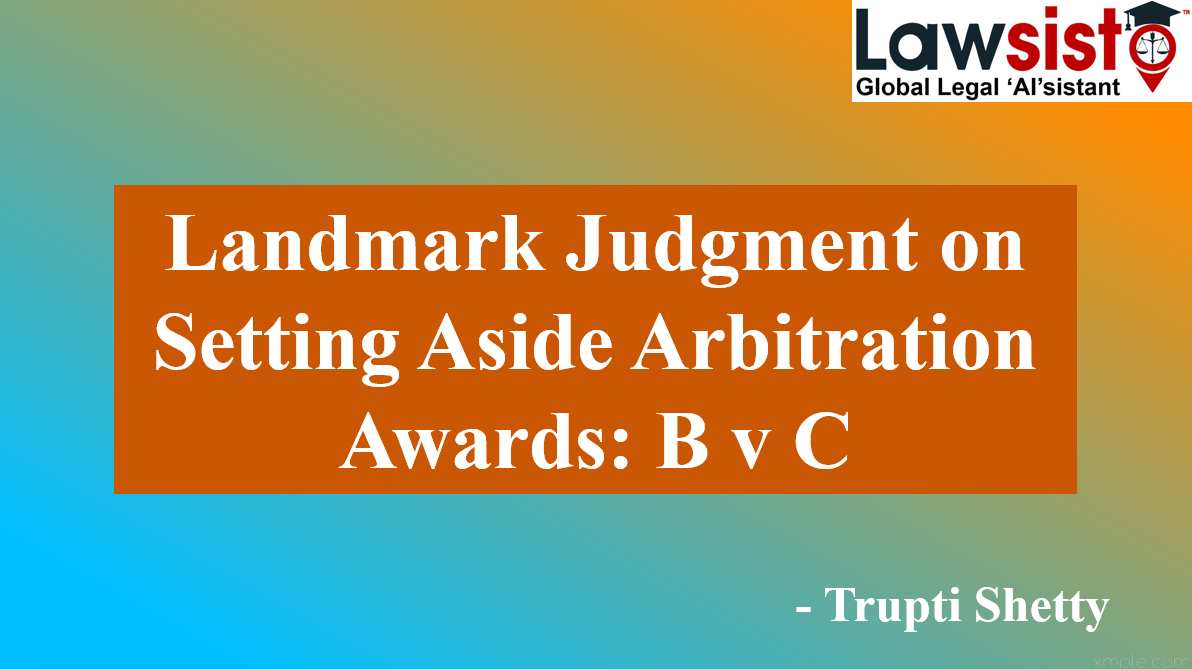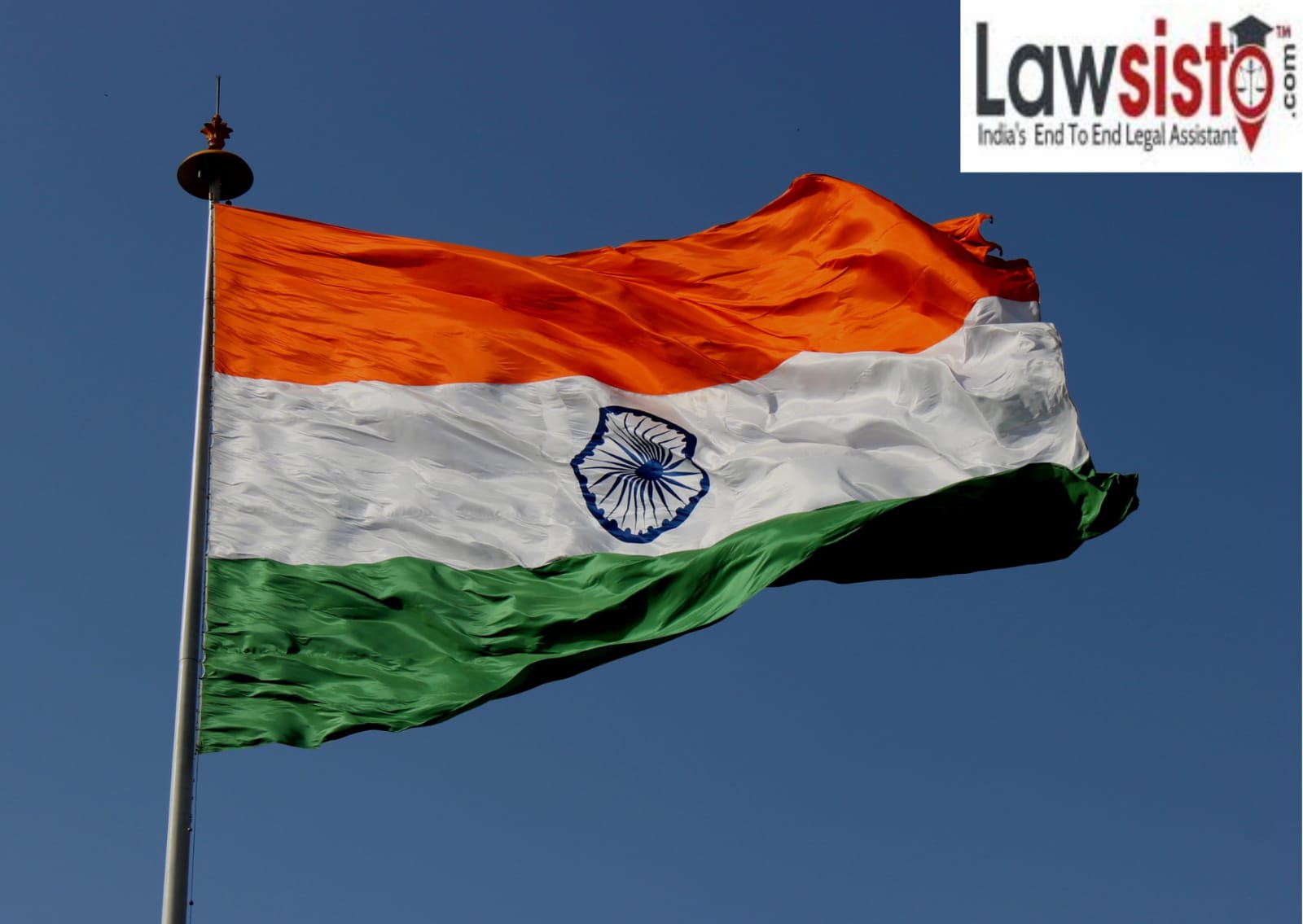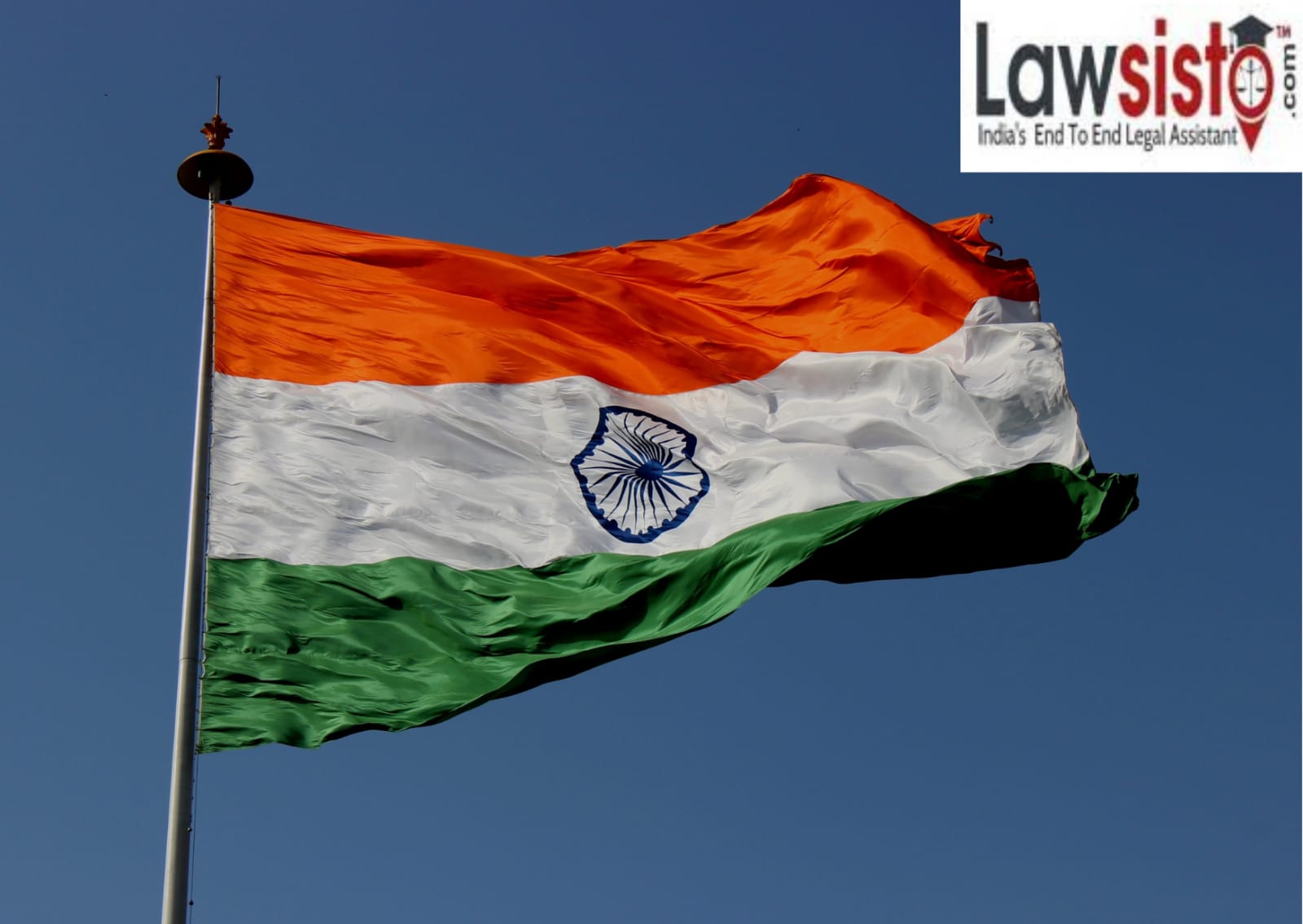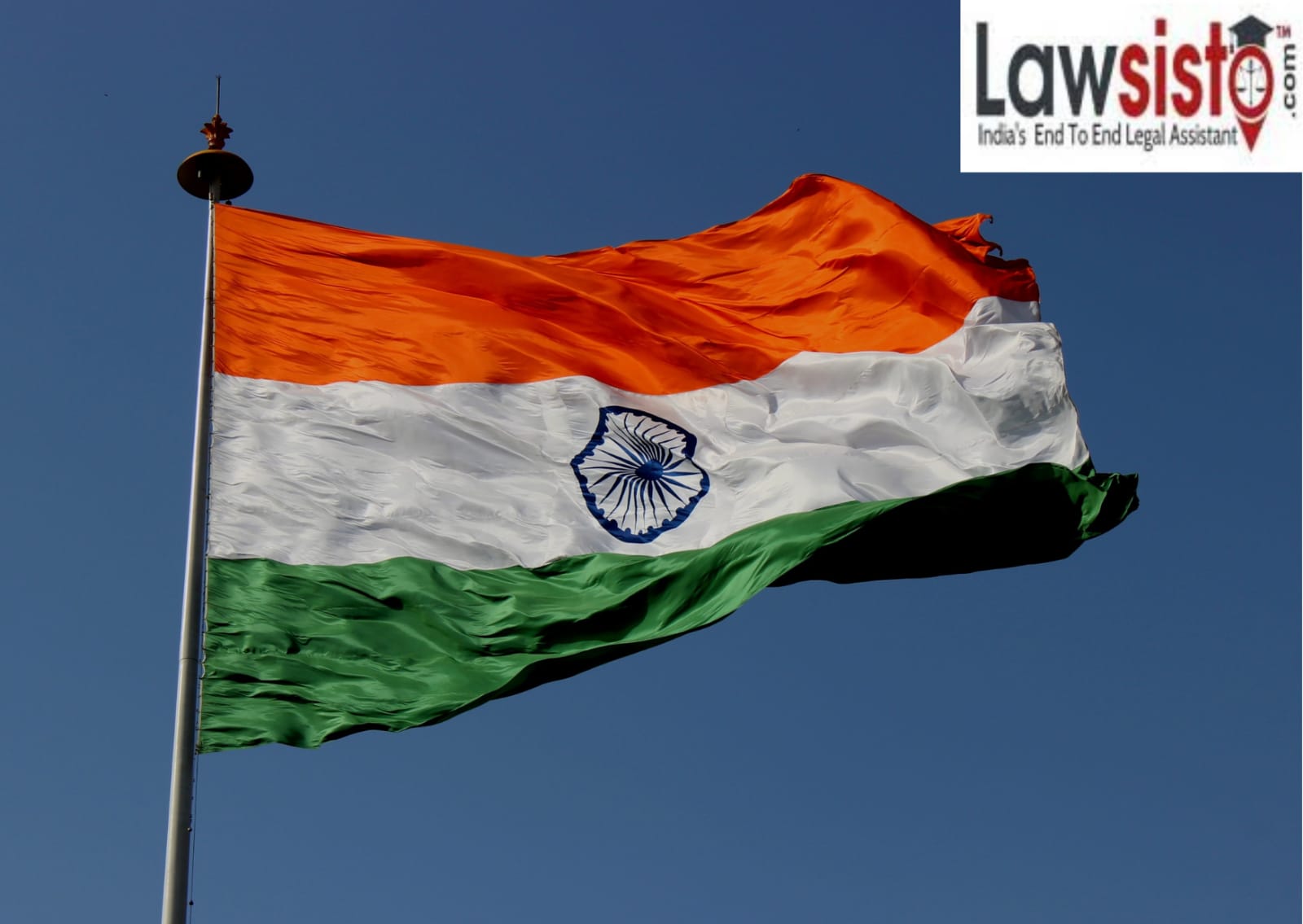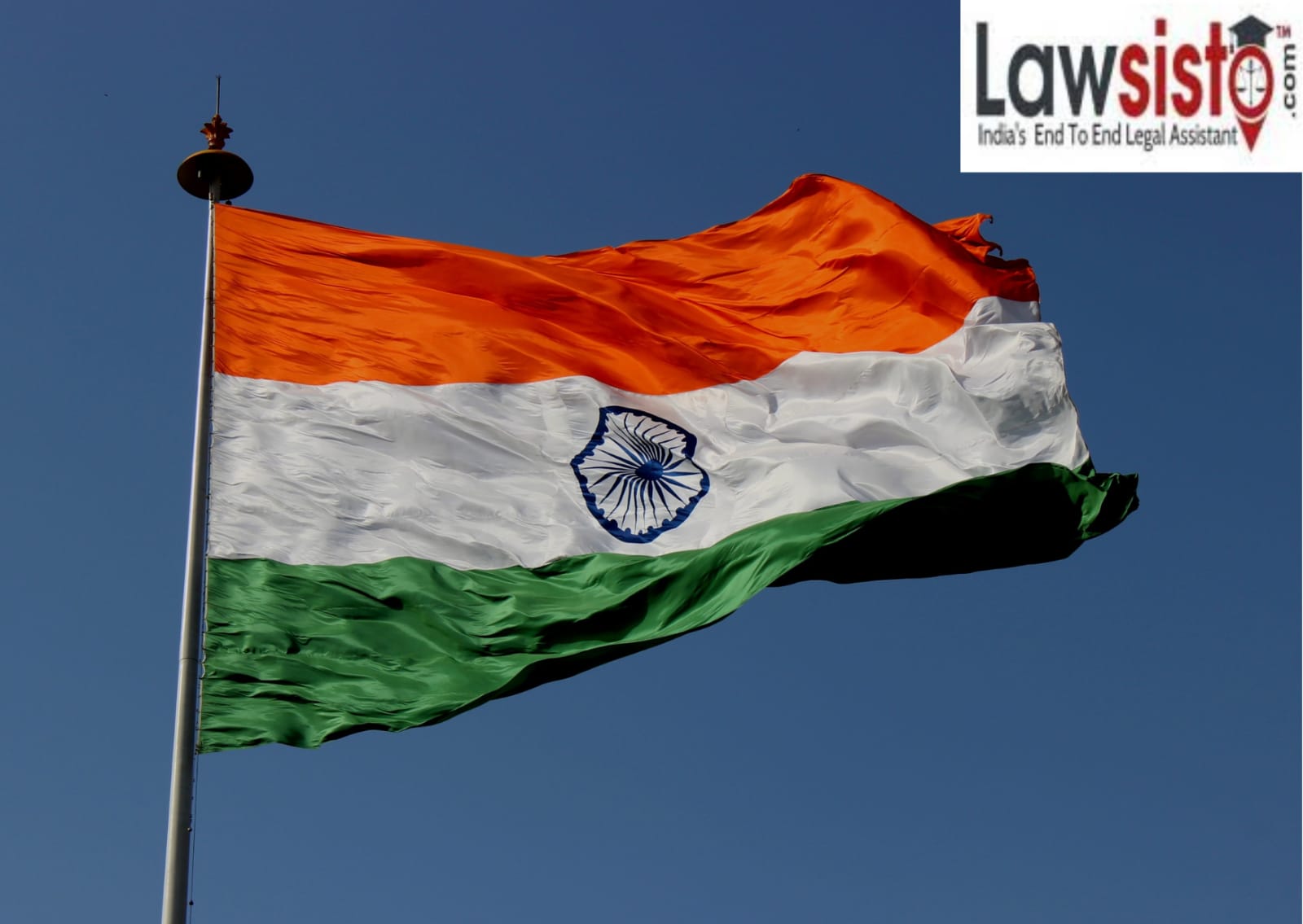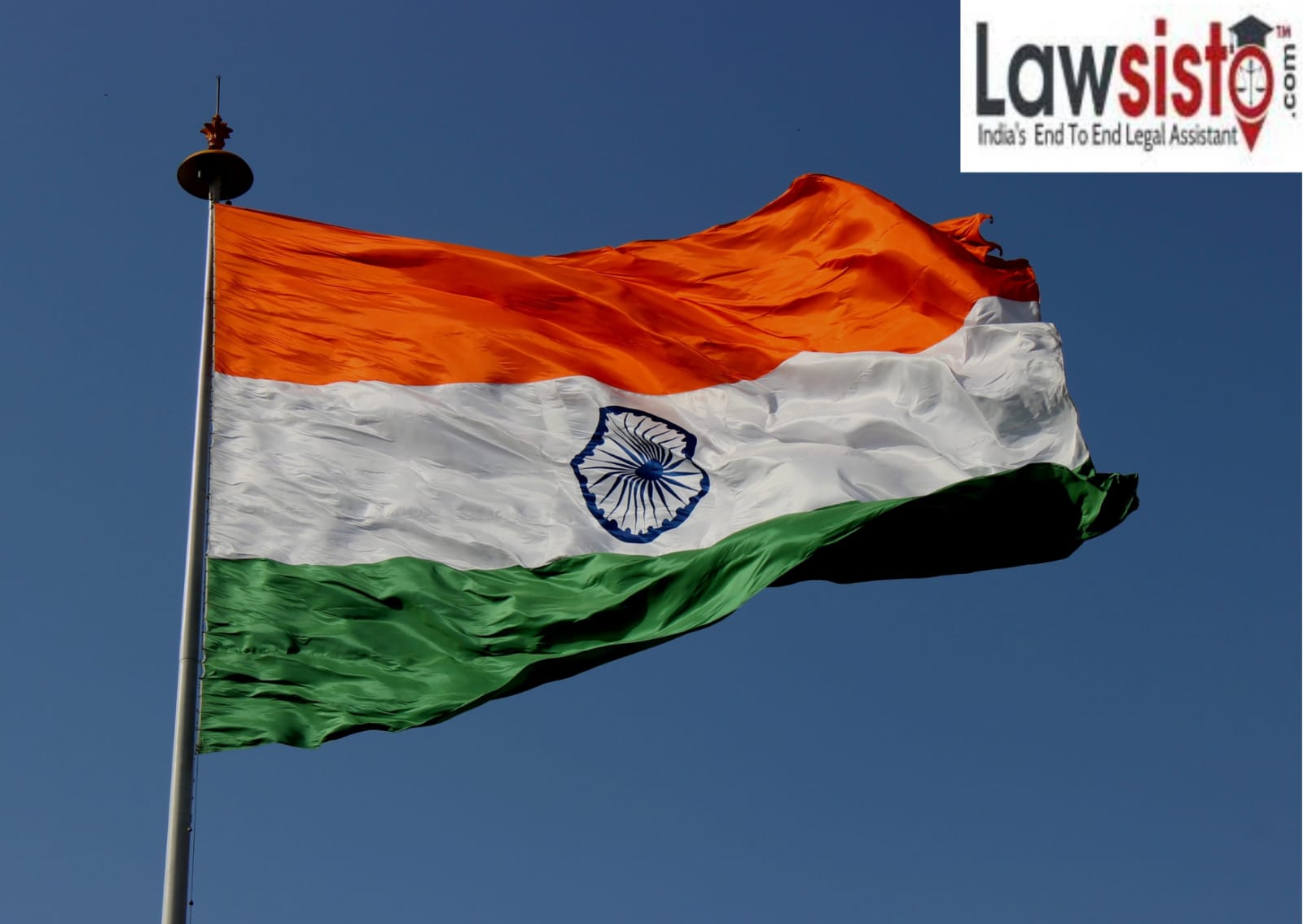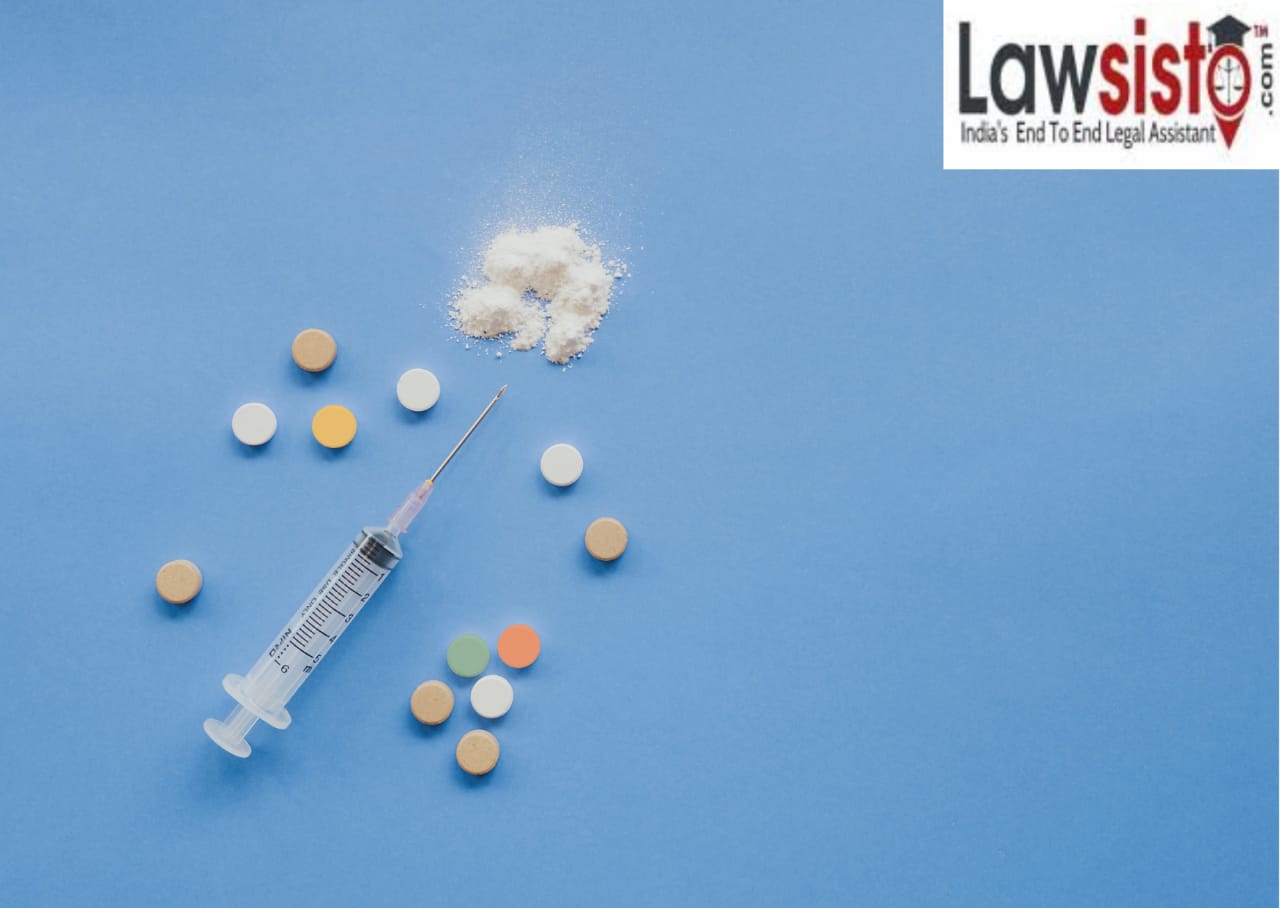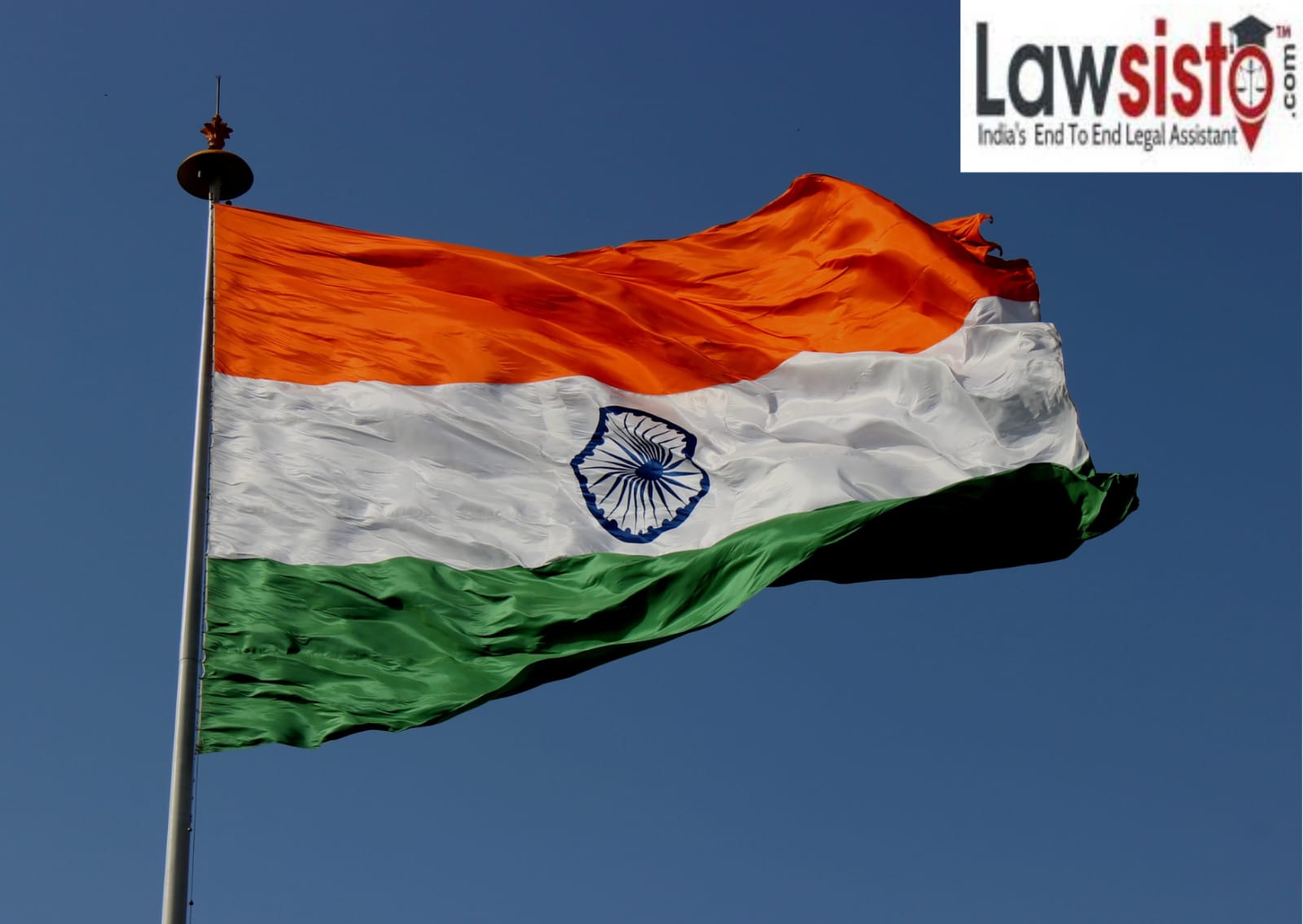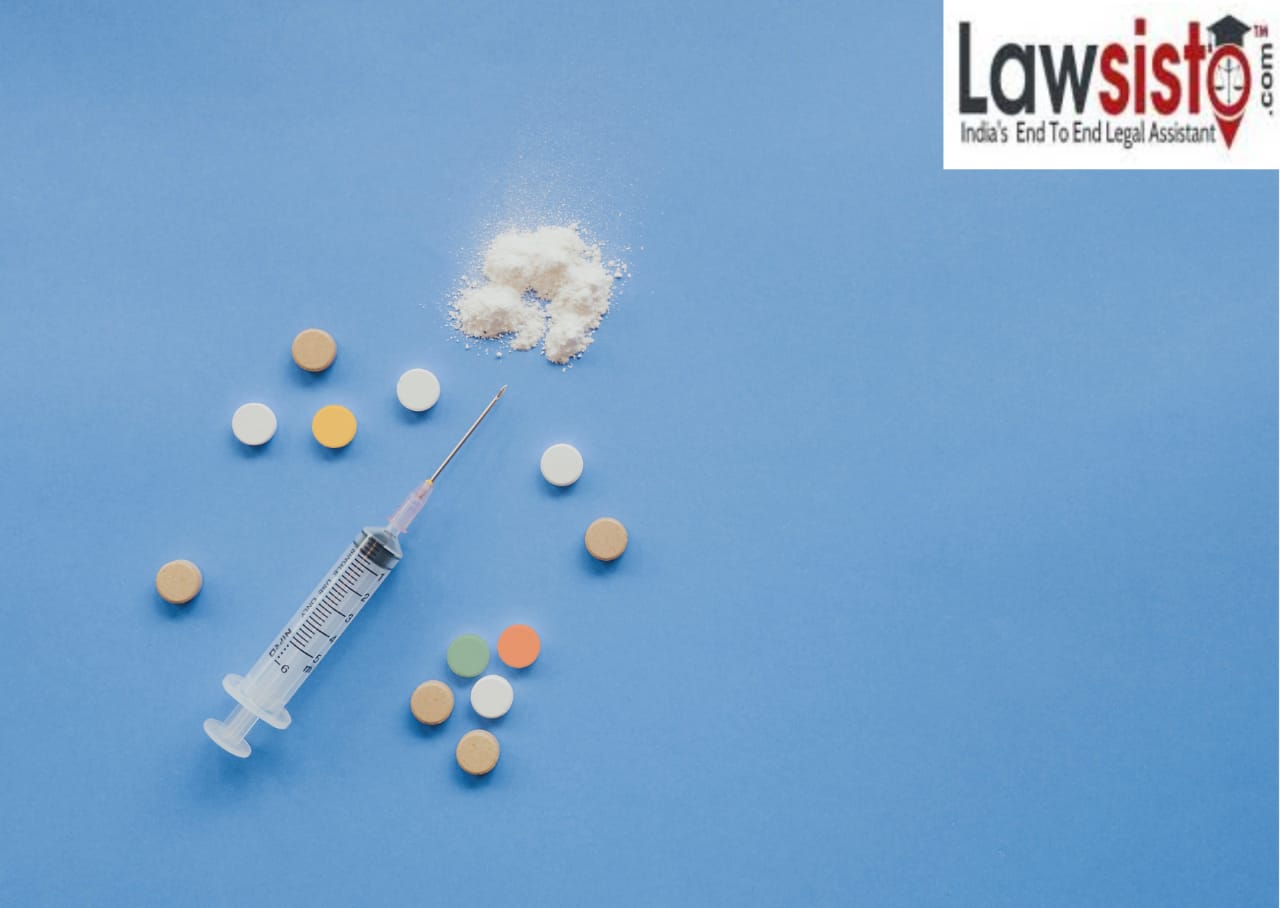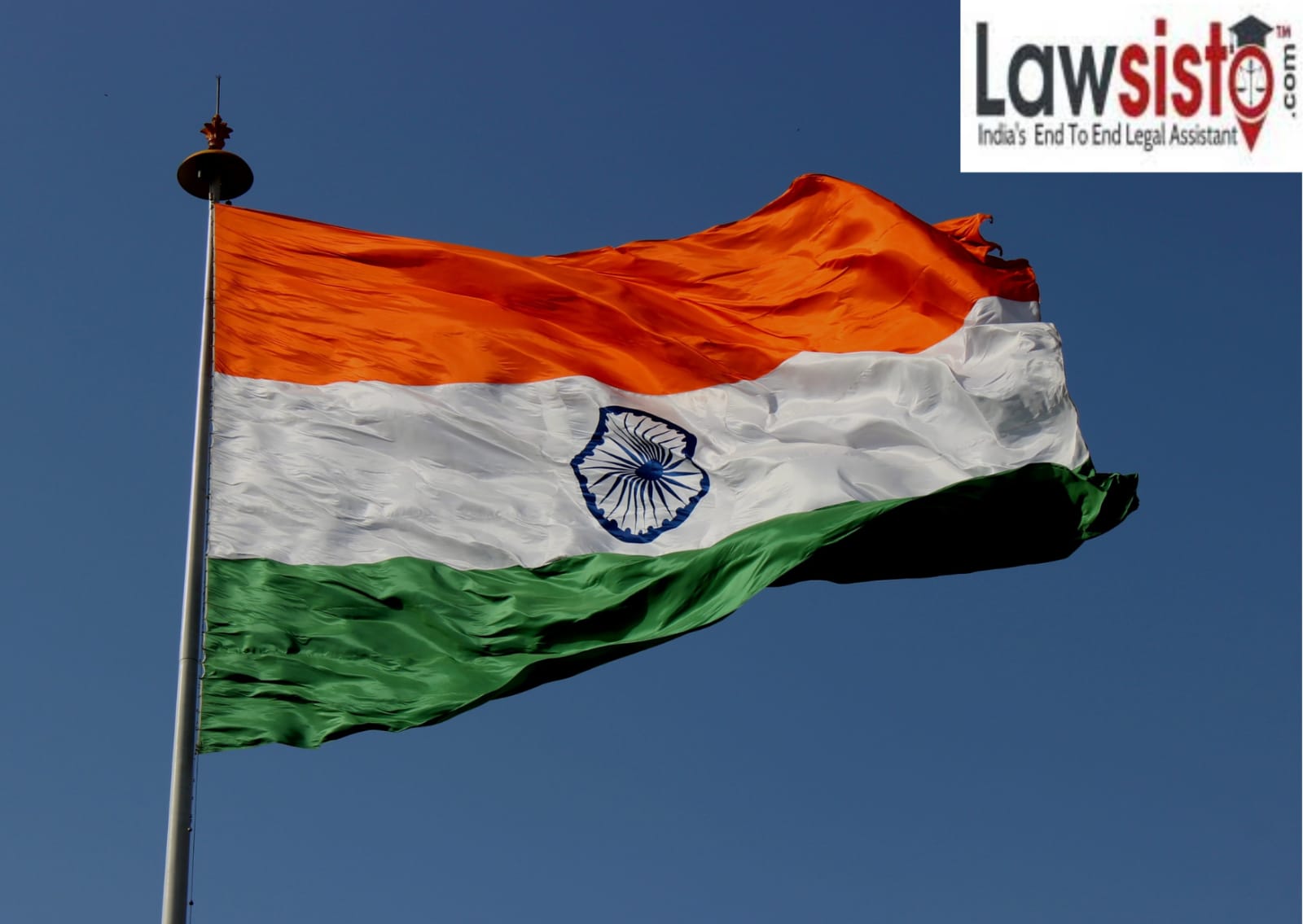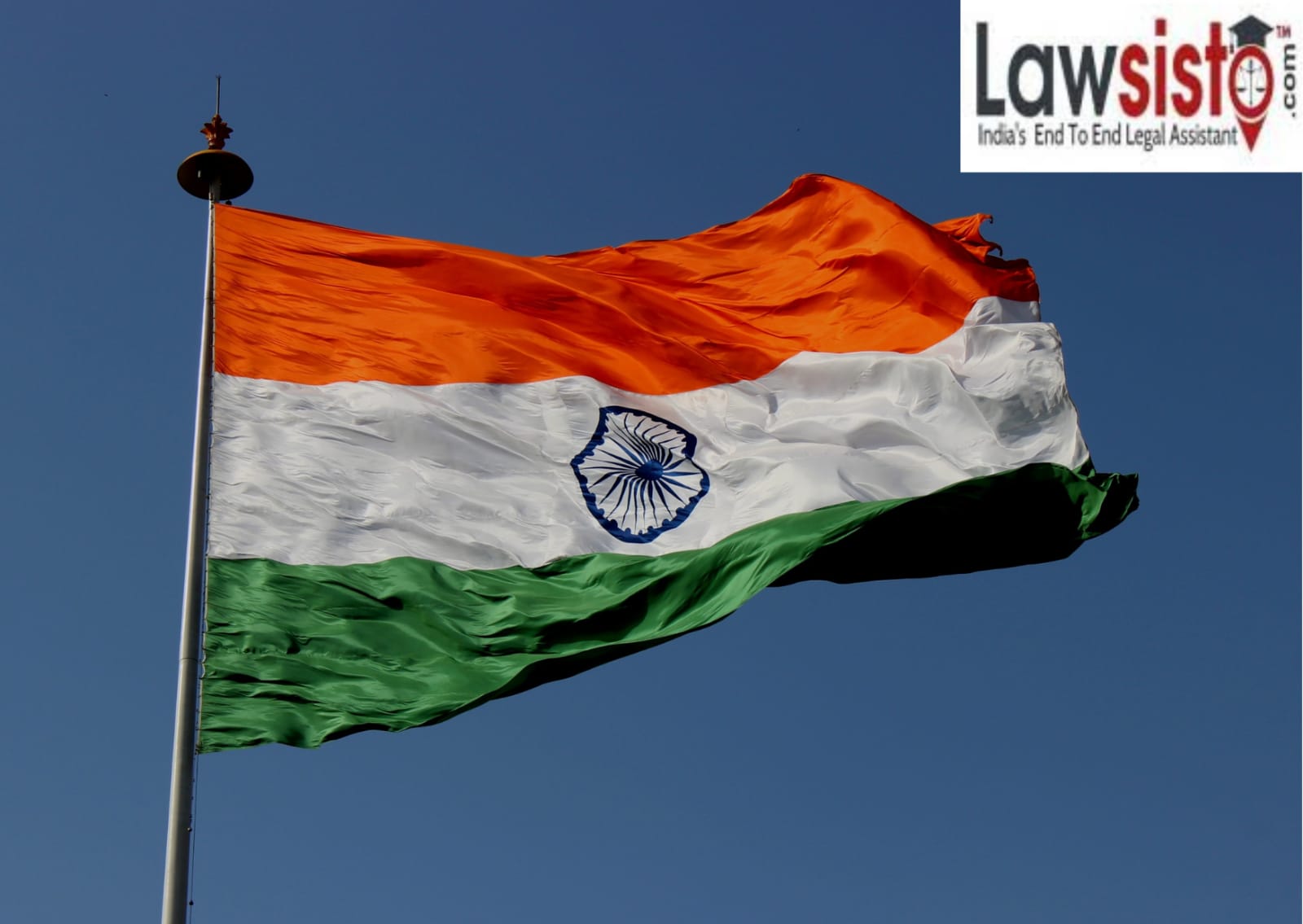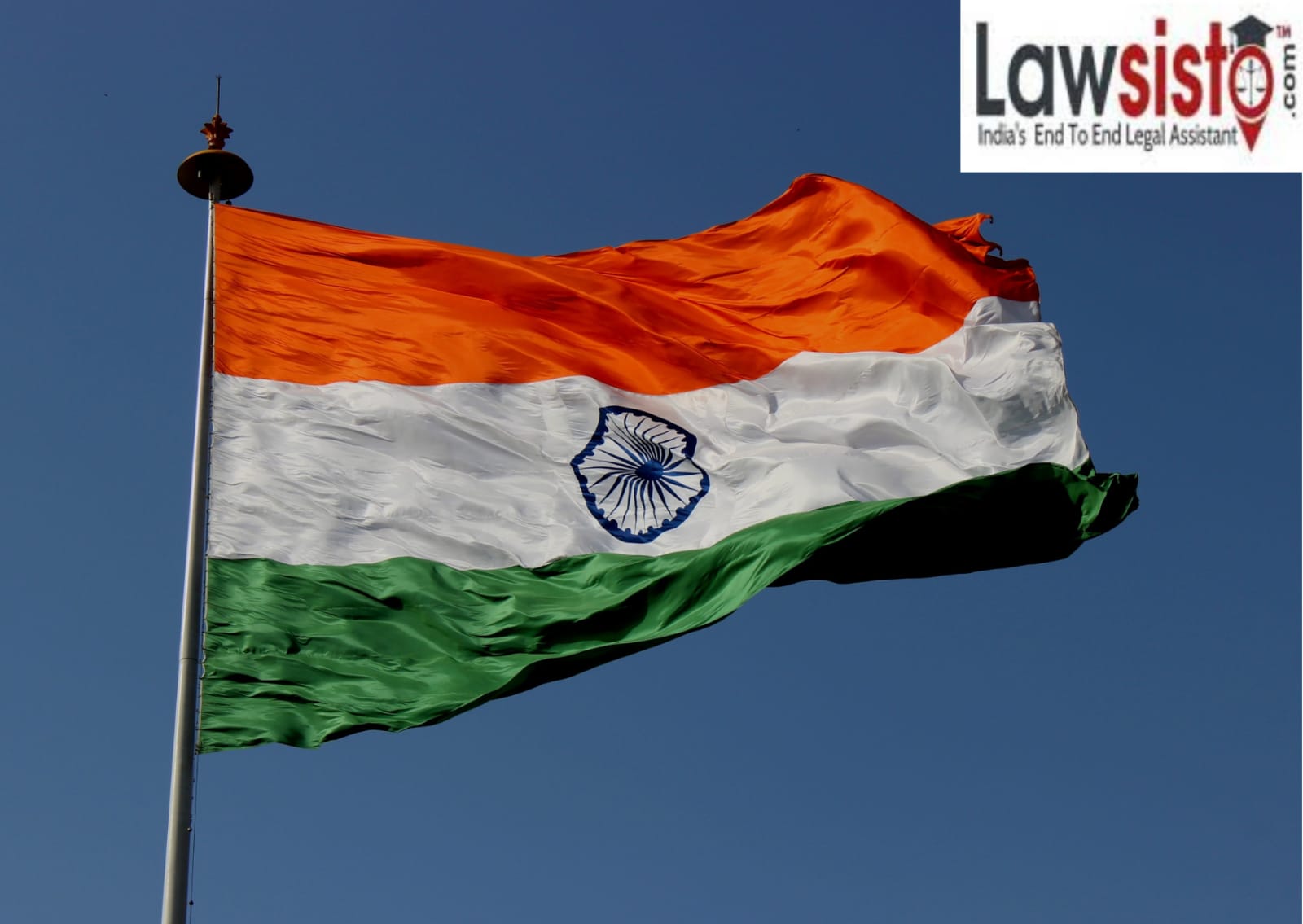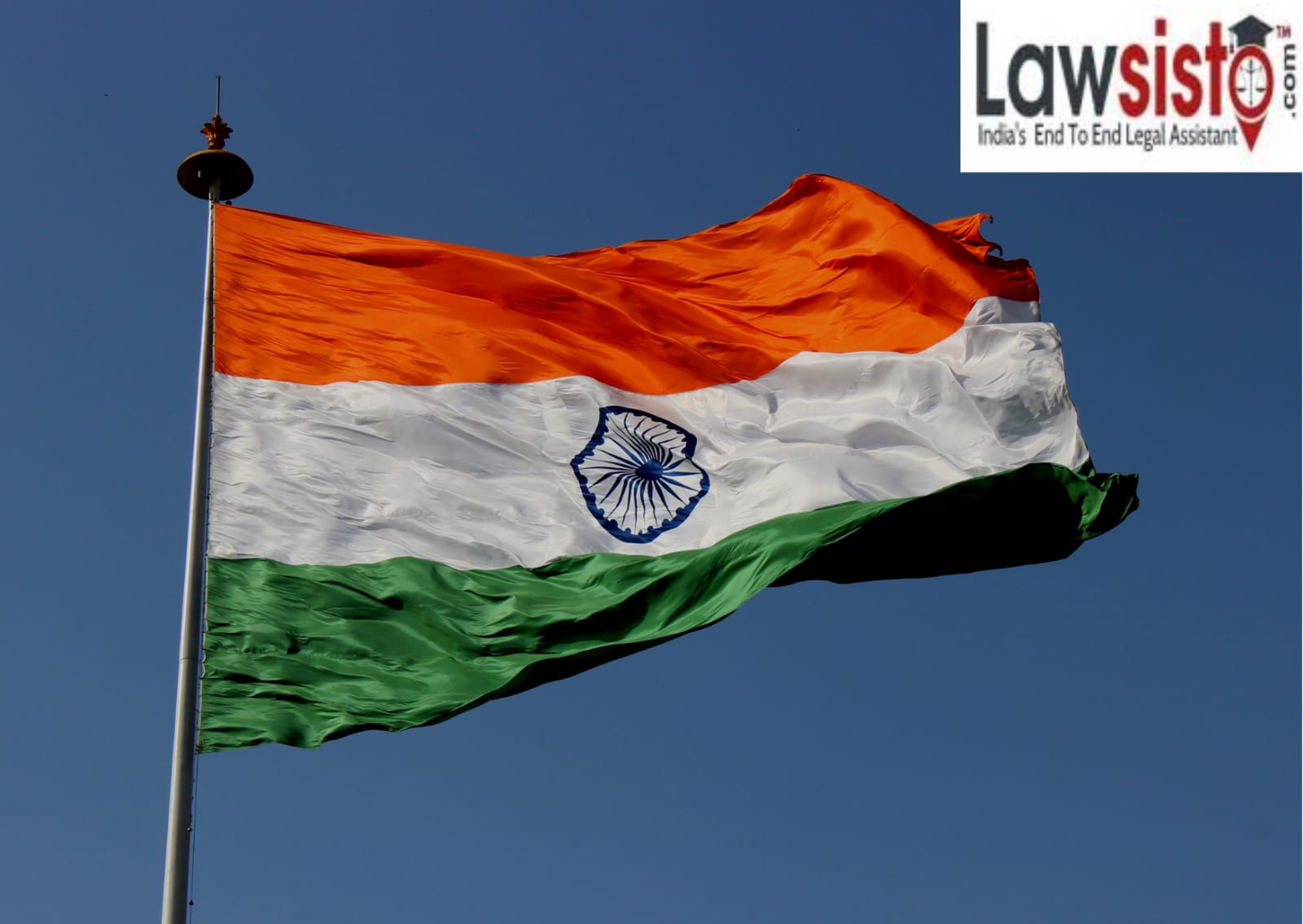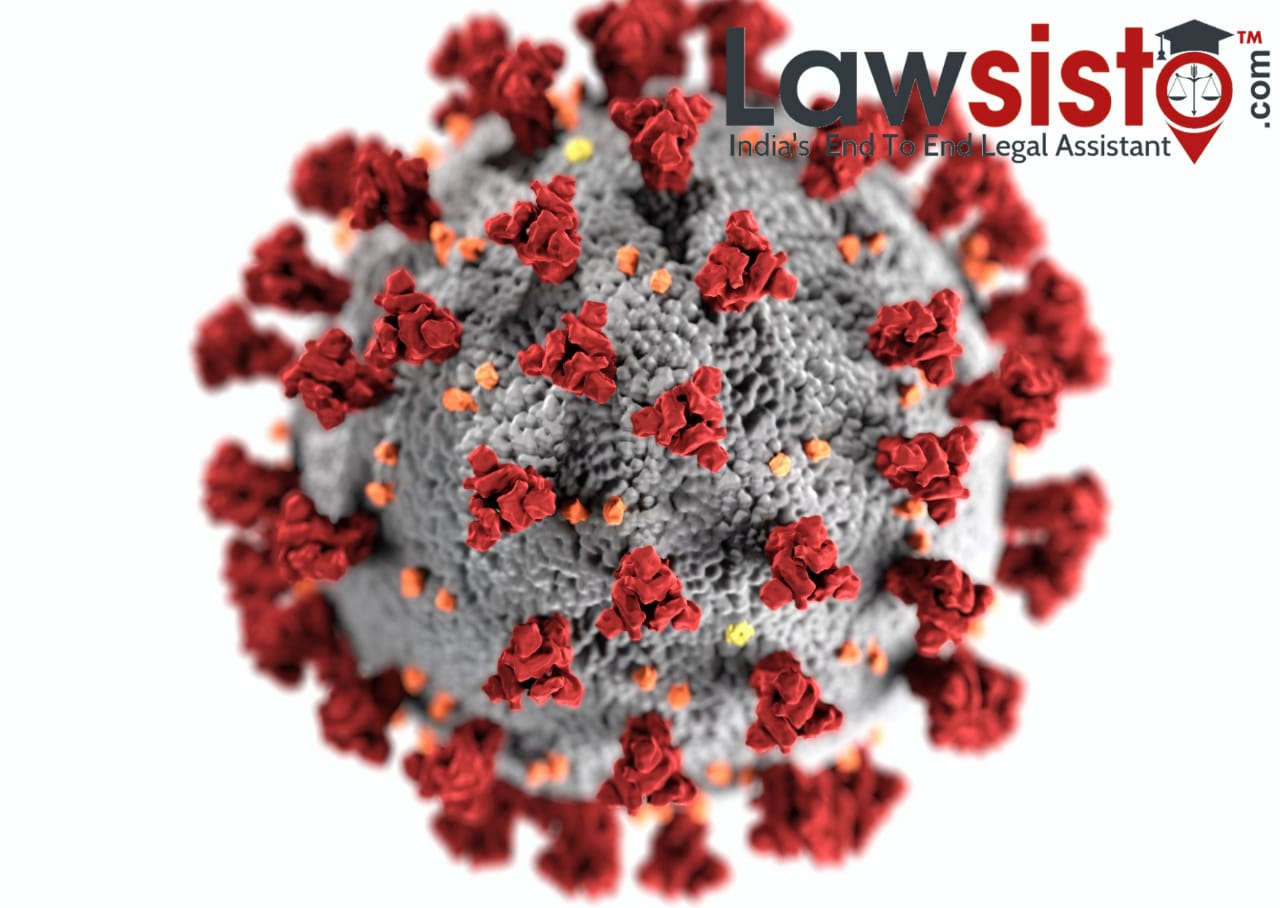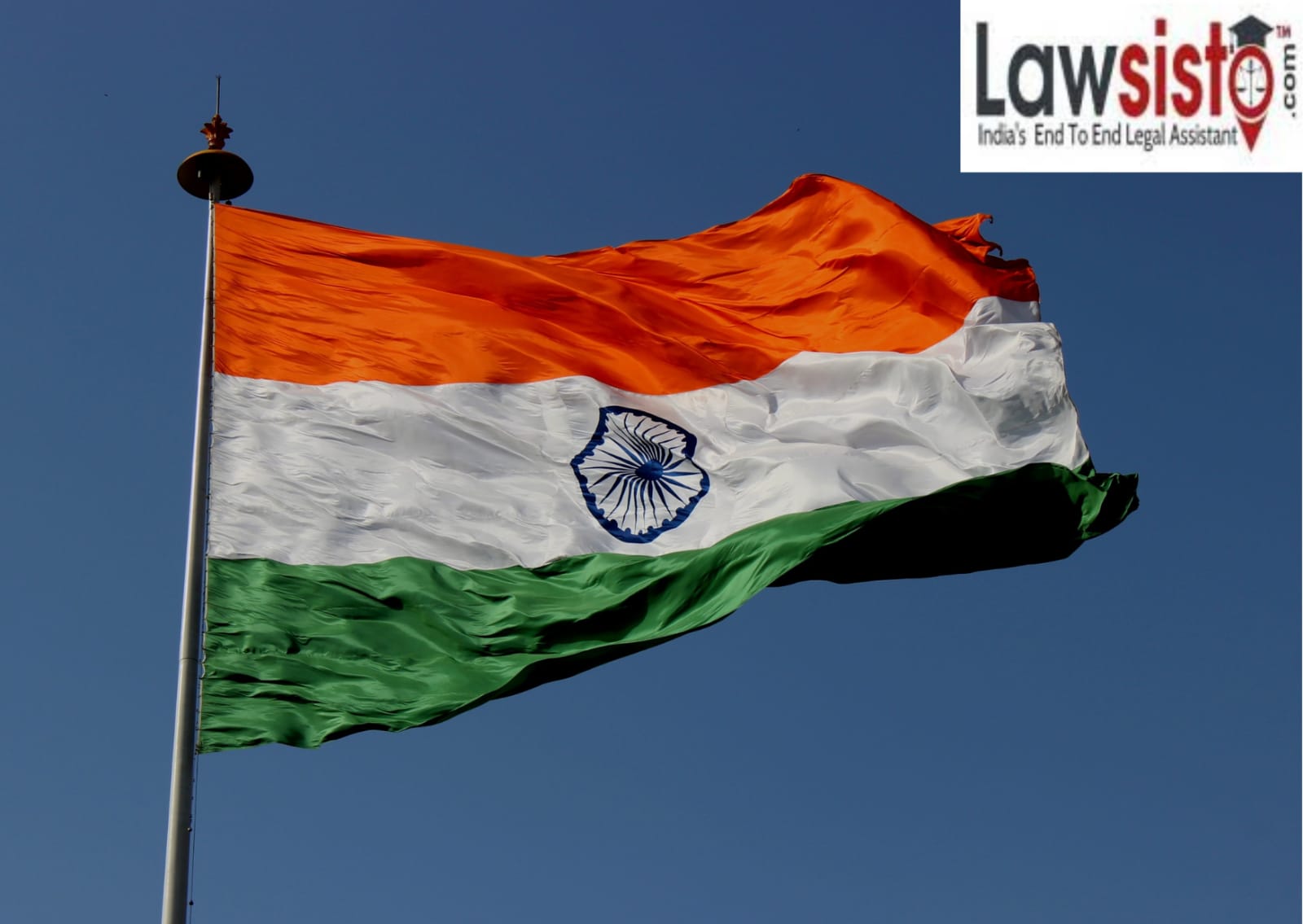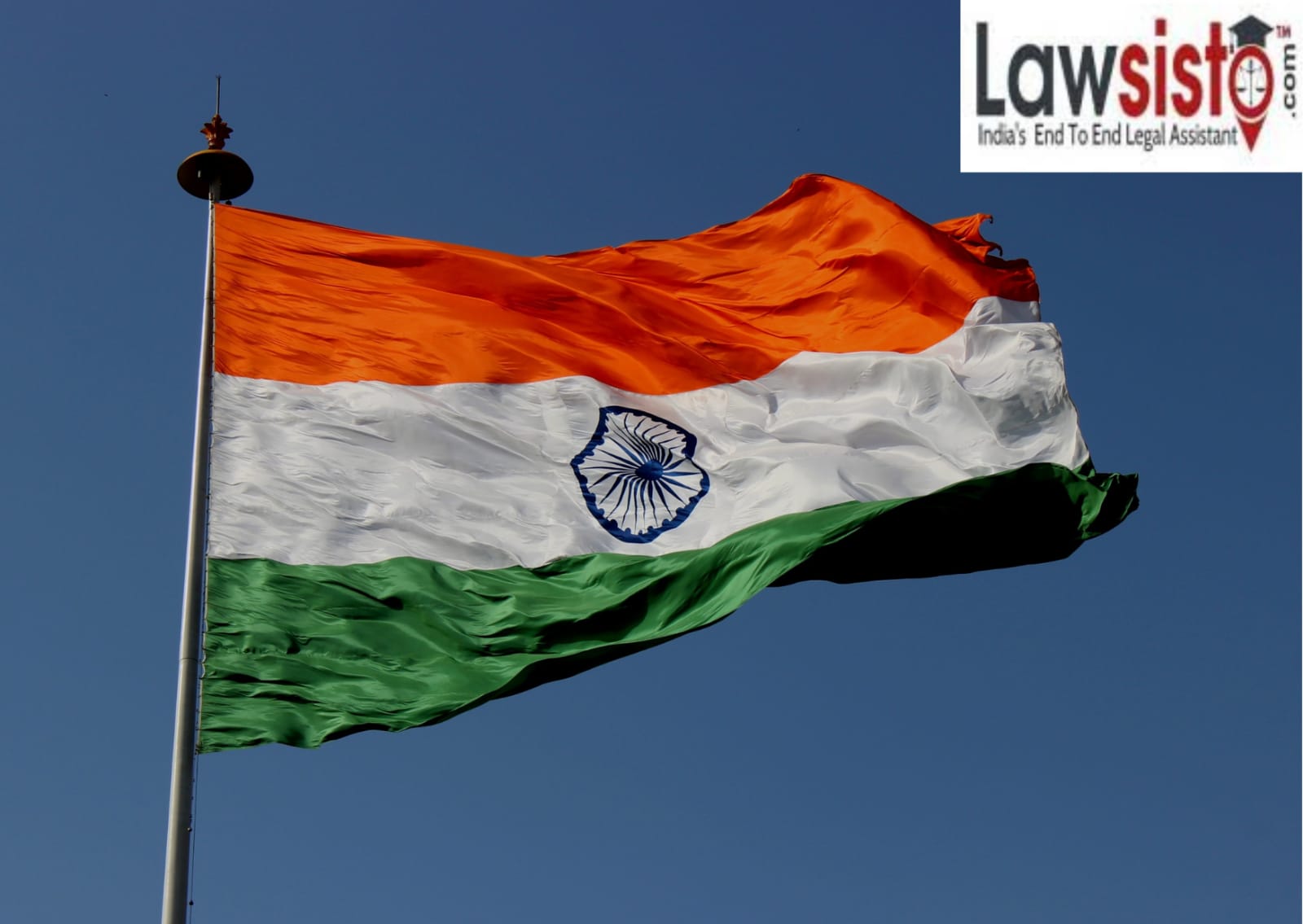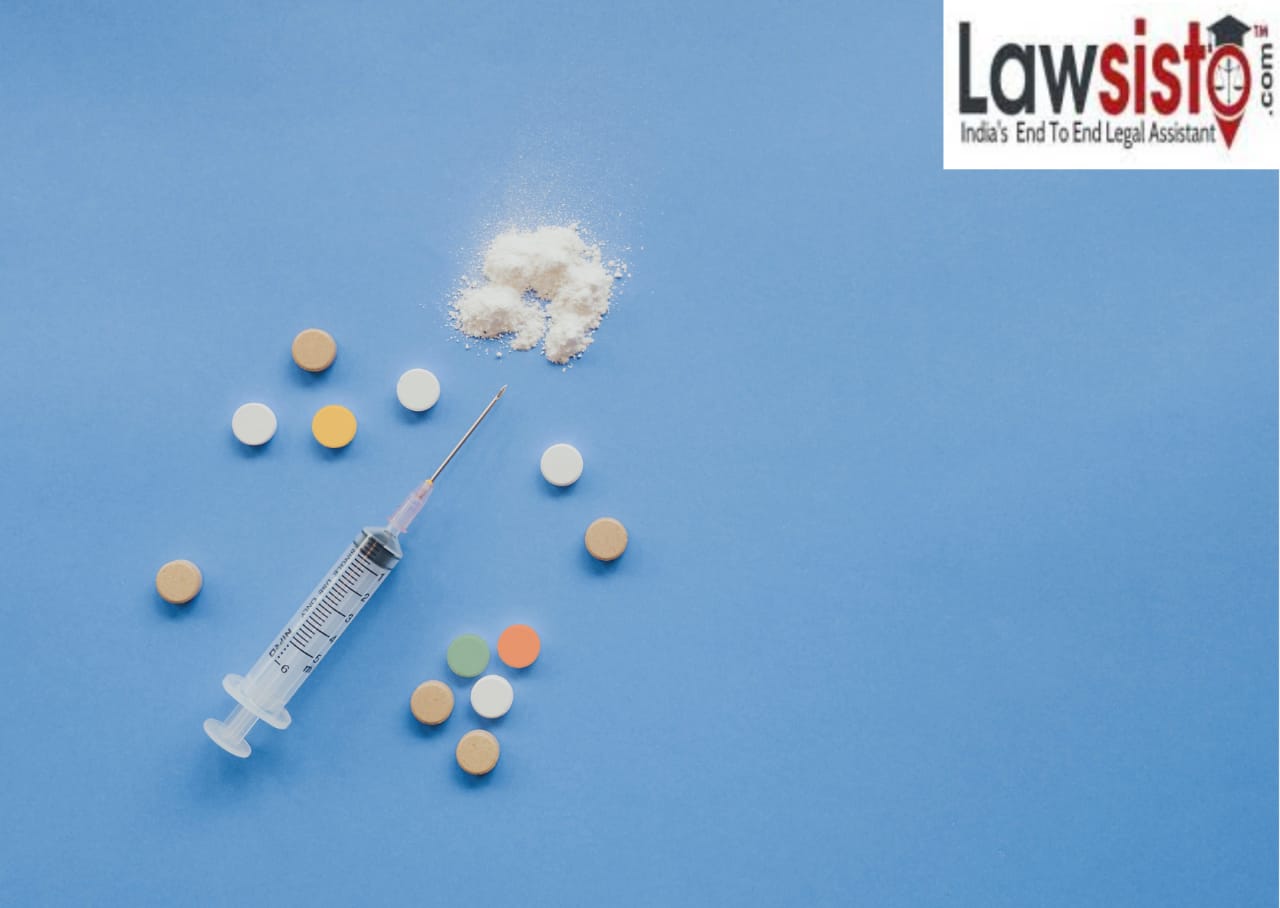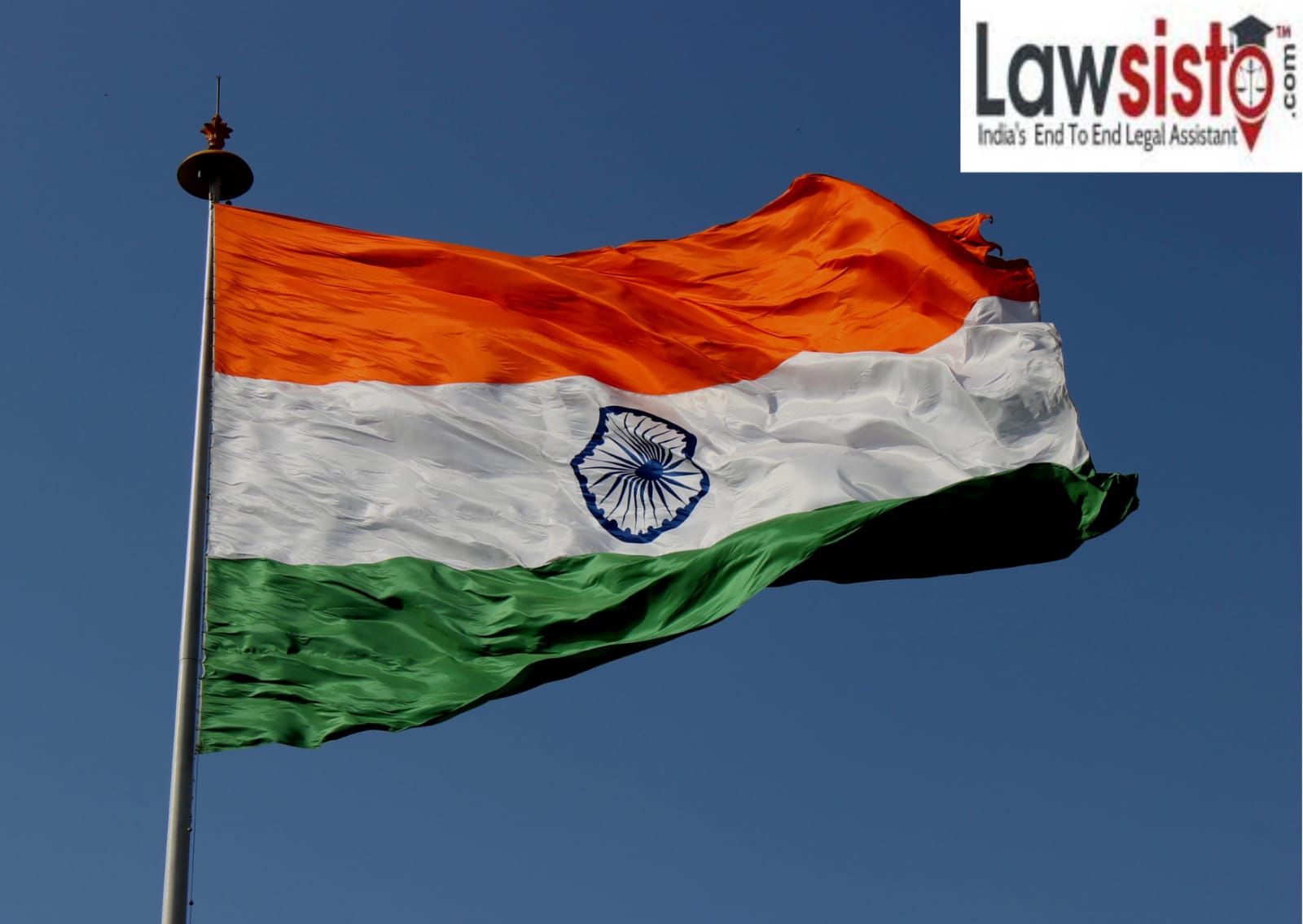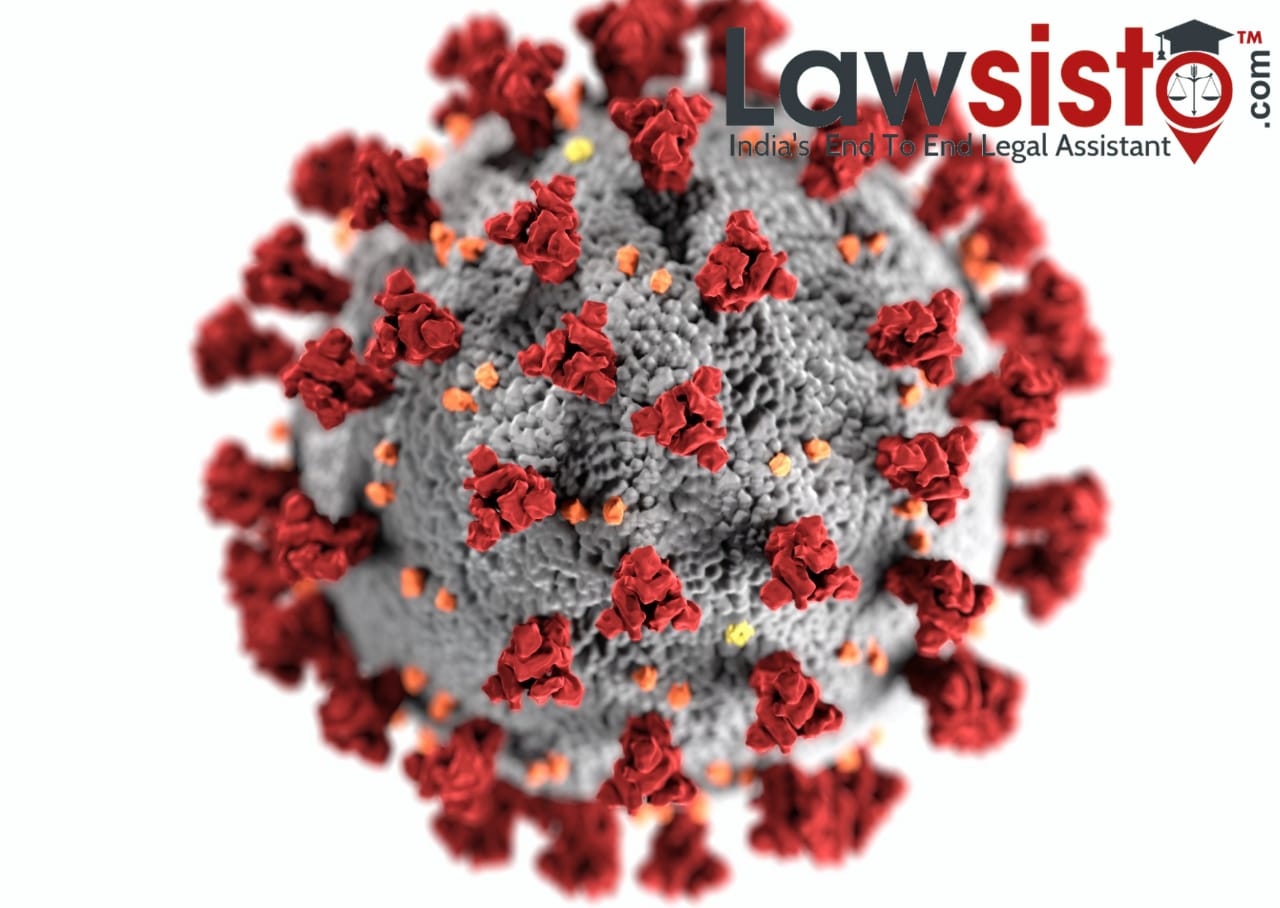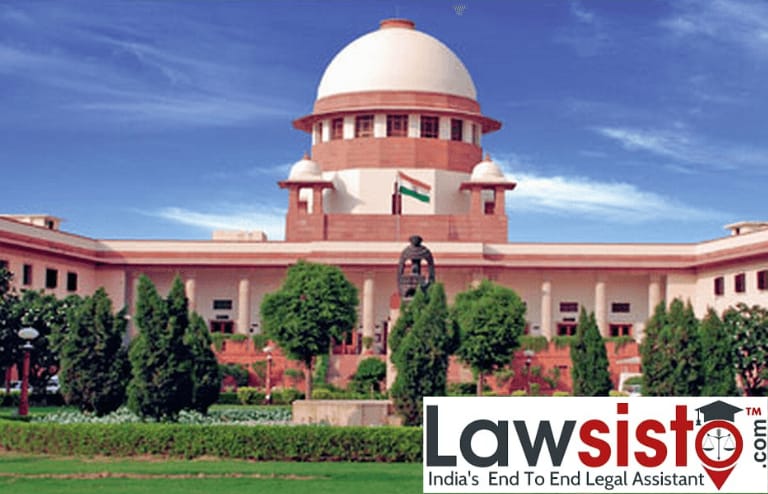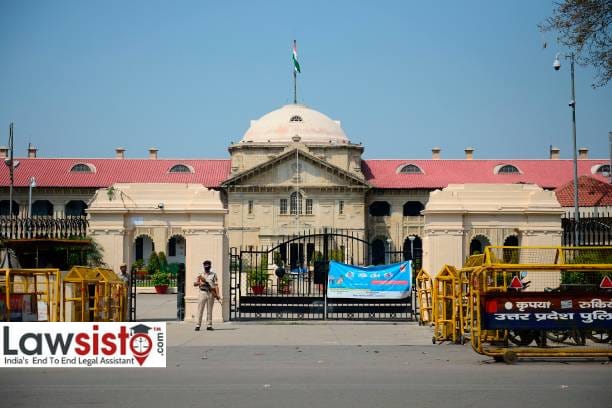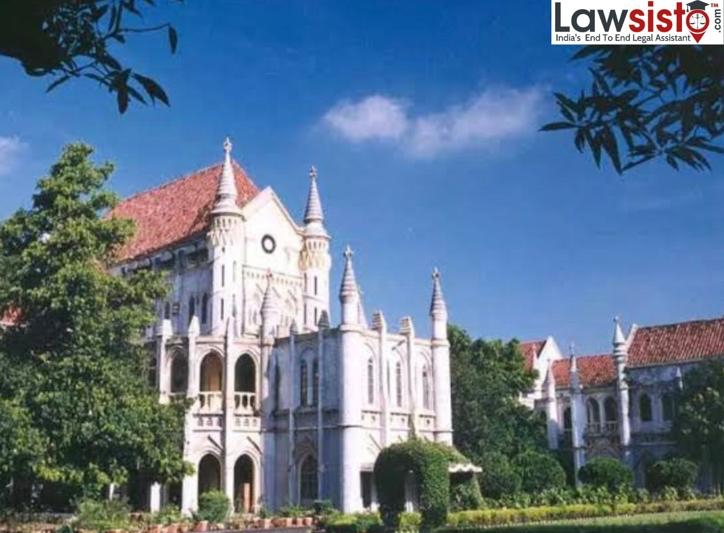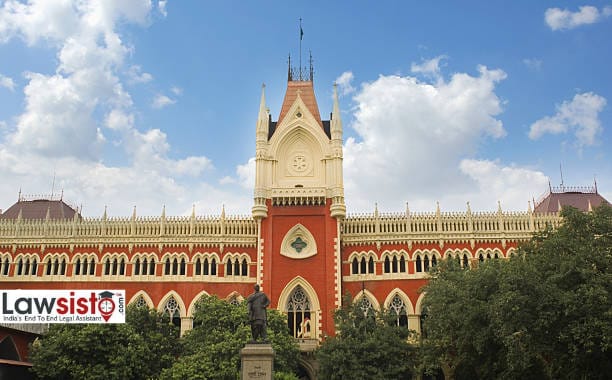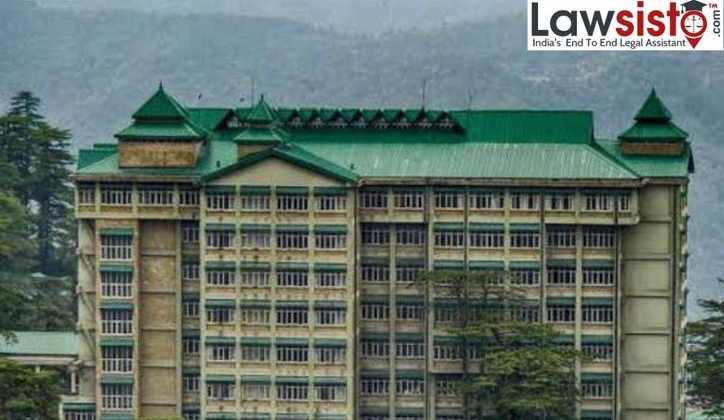Latest News
ACID ATTACKS AND LAWS DEALING WITH THEM IN INDIA
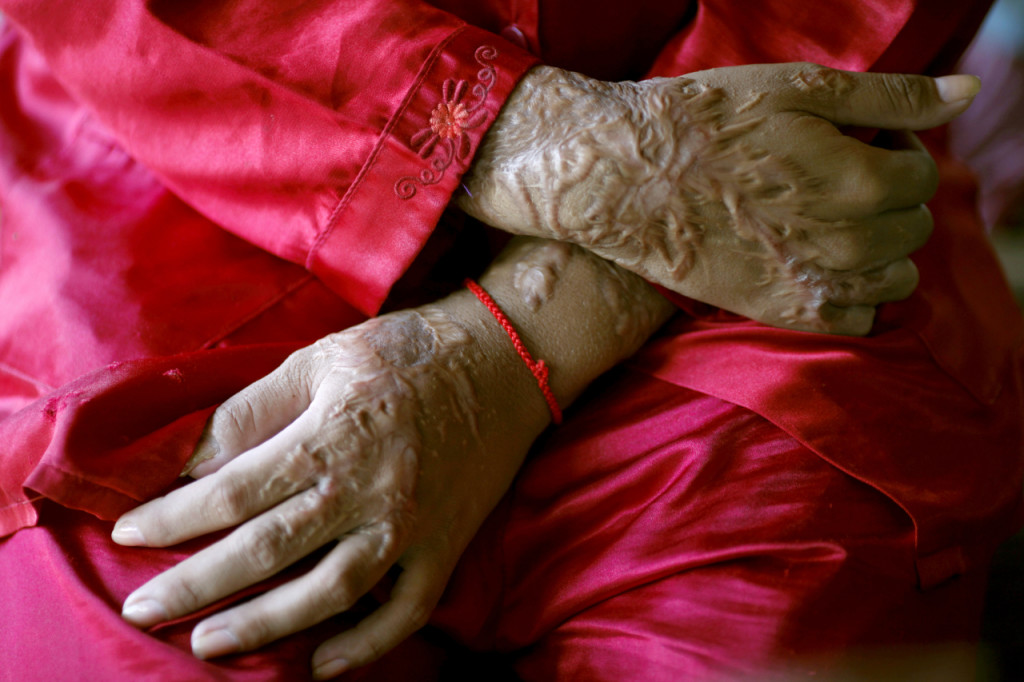
Whenever an Acid Attack takes place, it affects not just the victim but also the humanity by its corrosiveness. The term Acid Attack owes its origin to the French word, ‘la vitrioleuse’ (which means acid thrower) which was actually the name of a monographic painting painted by French painter Eugene Samuel Grasset. After this it got famous as vitriolage which means deliberately splashing the acid (aka vitriol) on a person or object, to deface or kill. Sulfuric acid and Nitric Acid are the most common types of acids used.
Acid attacks are committed due to different reasons including business rivalries, religious conflicts, dowry, gang violence, land disputes, refusal to marriage proposals or sexual advances, etc. but the most common reason in most countries remains the last three.
Gender plays a very important role in this crime on both the sides of perpetrator and victim. Up until the 18th century, act of throwing acid was more prevalent among men but later on in the 19th and 20th centuries, this trend saw a sudden change when women began perpetrating this crime against women. On the other hand women, victims have always remained among the majority of victims of this crime in different countries. Although men are also the easy targets of this crime these days the reasons and impacts are different. Men are attacked due to business rivalries or jealousies whereas women are mostly attacked due to vengeance and retribution for rejecting the advances of men.
The reason why this crime is viewed as a female crime is due to the patriarchal or misogynistic notions behind this barbaric act. Moreover, it has been observed that male victims are easily accepted by society whereas female victims have to face many pressures.
in India, the most noted factors which motivate the perpetrators for this crime are poverty, low literacy rate which is only 69.1% according to report of 2019, rural-urban differences and mindsets, patriarchal structure of the society and the most notable factor is easily obtainable and lowly priced acid available between Rs. 15-20.
The effects of acid attack on victims seem to be categorized into physical, psychological, and sociological. As in the majority of the cases face is the main target, the top layer of the skin gets eaten up and in some cases, even the underlying structure corrodes. According to Acid Survivor’s Foundation Uganda, the skull gets partly deformed and hair loss occurs. If acid directly gets into the eyes it may cause blindness in both eyes or leaving the eyelids deformed. Other parts of the body that get affected mostly are the nose, mouth, and respiratory system.
Psychological effects faced by the survivors include depression, anxiety, low self-esteem, etc. Due to the above-mentioned effects, many survivors have to face social implications such as dependence on family members, lack of employment opportunities, divorces, ostracization from society, etc.
Before 2013 acid attack was not recognized as an offense in India although, after the declaration on the Elimination Of Violence Against Women 1993, the Prevention of Offences(by Acids) Act, 2008 was enacted by the Government of India it failed to give the status of crime to acid attacks.
After the leading cases of Laxmi Aggarwal and Nirbhaya Rape cases, new sections were added by the Amendment of 2013. Insertion of Sections 326A and 326B into the IPC were able to give the status of crime to the acid attack along with these Sections 357B and 357C have been inserted in the CrPC for the purpose of compensation for Acid Attack and free medical treatment. Apart from these legislations, the Supreme Court after the case of Laxmi Aggarwal directed all the States and Union Territories to issue licenses to retailers selling acid. The buyer’s address, quantity sold and such details are to be maintained by the retailers. The retailers are meant to inform the police department with regard to the stock of acid that is stored by the retailer and failure to inform would mean the levying of Rs. 50000 in fine.
There are still a lot of lacunas in the system due to which the perpetrators are freely buying and throwing acid without the fear of being punished. We should look up to countries like Bangladesh, which was on the top of the list of countries with high acid attack rates but with their legislative and social efforts, they’ve now become the country with the lowest rate of acid attacks.
The menace of acid attacks has multifarious effects and consequences for the society and in order to control it, it is imperative that there is a mechanism in place in which not just the governmental machinery is looked up to but efforts by the citizens and NGOs are made and educational advancements, enhancing the education about the human rights and shunning the notions of patriarchy and misogynistic mindset must be tackled with.

